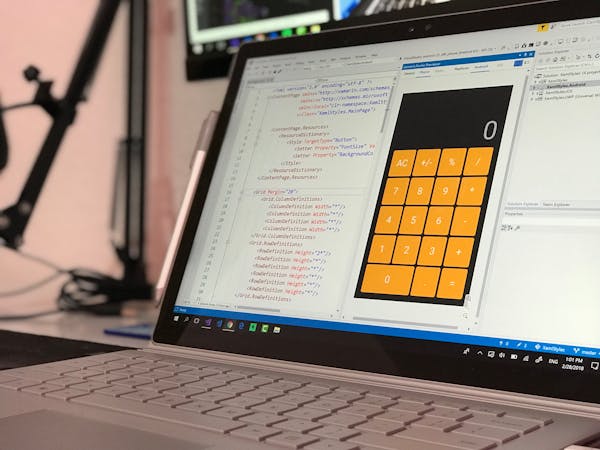Real Estate Companies LRD Rating Approach Analysis
What is Lease Rental Discounting?
Lease Rental Discounting is a tool to acquire loans from banks using rental receipts as collateral. The bank will examine long-term cashflow and provide the loan based on the exact amount. This loan is then payable by the rents promised.
To check your eligibility for Lease Rental Discounting, the bank will assess several factors which include:
- Value of your property
- Your capacity to repay
- Other assets you own
- Legality and technical aspects of your property
- Liabilities that might occur
How Does LRD Work?
Lease Rental Discounting (LRD) loans work on the premise of rental properties being owed a fixed amount of rent. Tenants enter into a lease with the owner of the property. This agreement mandates a regular payment which is known as rent. The property owner can use rental receipts drawn up for the duration of the lease as collateral while applying for a loan.
The Benefits of Opting for Lease Rental Discounting
- Business Expansion: The property owner can further invest in property using the loan acquired from LRD.
- Tax Benefits: Tax deductions can be availed by owning more property.
- Balanced Cash Outflow: The borrower will benefit from a balanced cash flow as EMIs are taken care of using the rent money owed by tenants. The money acquired in loan provides further revenue through investments.
- Low Capital Expenditure: The capital gained from the bank loan greatly helps in reducing personal expenditure when investing in more properties or businesses.
LRD is used as a Rating Methodology
LRD loan is a term loan availed against the existing/expected rentals from a commercial (office space) or a retail (mall / shops) property. The loan is availed by the Issuer/lessor, based on the discounted value of future rentals and the underlying property value. Generally, entities convert the construction loan availed at the time of project development into LRD loans, post the completion of construction, tying up of lease agreements and commencement of rentals. This often helps in reducing the interest cost as lenders view LRD loans as a safer exposure compared to project loans because of the relatively superior predictability of rental cash flows. On most occasions, the lender has the first right over the rentals through an appropriate escrow mechanism with defined cash flow waterfall mechanism. While in some cases the LRD loans are used purely to substitute the high cost construction loans, most often the real estate entities leverage their commercial or retail assets to raise funds in excess of the construction loans to meet their growth capital requirements. These surplus funds are typically used for the repayment of other high cost term loans, to fund construction of other commercial or retail properties and other general corporate purposes.
As the inflows, mainly the rent receivable (parking charges, cafeteria charges, maintenance charges etc. being the other revenue sources), as well as the outflows - mainly debt servicing, taxes and operating and maintenance (O&M) expenses, are fixed in nature, the rating analysis is focused on the adequacy of the inflows to meet the outflows as well as the sustenance of revenue-generating capacity of the said property.
While evaluating entities with multiple LRD loans, each loan is assessed separately along with the cumulative impact of all the LRD loans on the company’s credit risk profile.
Apart from the above, there are instances wherein cash inflows of an issuer are escrowed to the lender. In such instances, if the cash inflow and the cover as proportion of outflows are stable over the medium term, the rating of such issuers can also be governed by the criteria set in this document.
For analytical convenience, the key factors may be grouped under four broad heads – Industry Risk, Business Risk, Financial Risk and Management Risk.



Comments
Post a Comment